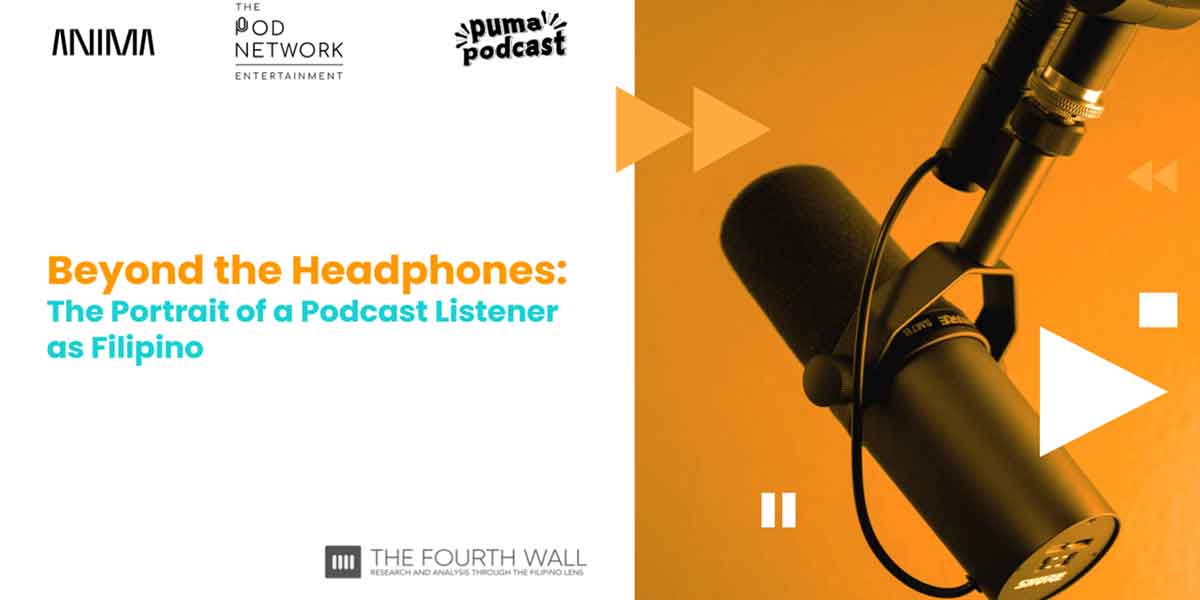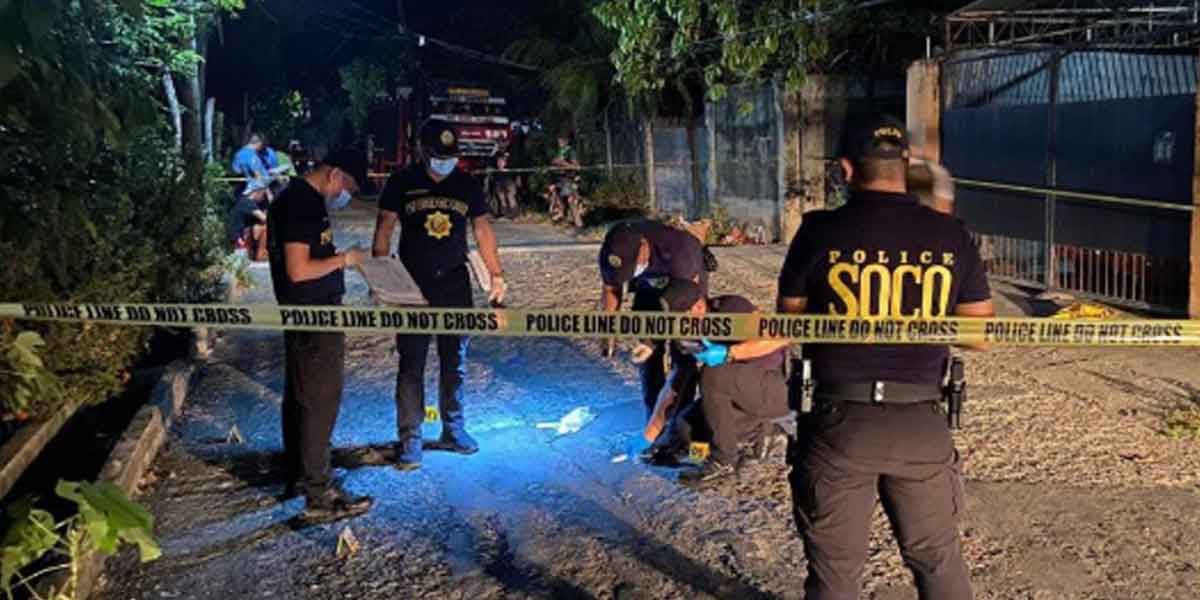By Herman M. Lagon
ILOILO City, already adorned with titles such as “Most Noble and Ever Loyal City,” “Queen City of the South,” “Biking Capital of the Philippines,” and “Wakanda,” has another crown to claim: the “Museum Capital” of the country. Amidst its accolades, Iloilo’s vibrant museum scene is a testament to the city’s commitment to preserving and celebrating its rich heritage and culture. With an array of museums and galleries showcasing diverse artifacts, artworks, and historical narratives, Iloilo City has rightfully earned its place as a hub for cultural exploration and appreciation.
One of the city’s proudest achievements is the National Museum of the Philippines on Bonifacio Drive. This architectural gem, with its modernist style and trapezoid shape, serves as a reminder of the city’s historical significance. Initially constructed in 1971, it was the first government-constructed museum in the country. Housing an eclectic collection, it displays Oriental pottery from pre-Spanish times, gold death masks, religious statuary, and wartime memorabilia. Local artists also find a space to exhibit their works within its walls, bridging the gap between tradition and modernity.
Adjacent to the National Museum is The National Museum for Western Visayas. Once a prison constructed in 1911, this edifice has become a beacon of knowledge and illumination. Opened in 2019, the museum boasts impressive corner guard towers and a dome skylight that casts a rush of natural light upon its exhibitions. Divided into two galleries, it presents the region’s volcanic origins in the Gallery of Paleontology and Geology. Panay’s indigenous textile looms and weaves are showcased in the other gallery, providing a window into the province’s artistic heritage.
The Philippine Museum of Economic History, opened in 2019, presents the economic rise of Iloilo in the 1850s and beyond. Housed in a grand bahay na bato-style building, its galleries depict the industries that shaped Iloilo’s history. From sugar to weaving, blacksmithing to rice cultivation, the museum tells the story of Iloilo’s economic evolution. Its exhibits provide insights into the lives and livelihoods of the people who contributed to the city’s prosperity.
The UP Visayas Art Gallery in the University of the Philippines Visayas campus showcases local artists, both seasoned and emerging. Its high-roofed central area and deco-style details offer a vibrant space for creativity and expression. Artworks by prominent artists such as Ang Kiukok and Malang are on display, a testament to the city’s commitment to nurturing artistic talent.
The Iloilo Museum of Contemporary Art (ILOMOCA) and the Brandy Museum contribute to the city’s vibrant cultural landscape. ILOMOCA houses contemporary artworks, while the Brandy Museum showcases the history of the iconic Spanish brandy, connecting the city to its international roots.
The metropolis also has The Molo Mansion, Metro Iloilo Modern Arts Park-Musée d’Orsay, MAMUSA Gallery, Cinematheque Center Gallery, Book Latte Alternative Art Space, Lola Uma Café and Kantina Arts Space, Iloilo Convention Center, Iloilo Maritime Museum, JBLFMU Maritime Museum, University of San Agustin Archives and Museum, and Iloilo City Hall Gallery are just a few of the many art destinations that captivate visitors. This creative scene extends to specialized spots such as the Rosendo Mejica Museum and various art galleries like Et Nos Gallery, Artkipelago Trick Arts, Ormiel Art Gallery, Old Hat Gallery, Art Deck Gallery, Himbon Art Gallery, Wooden Living Alternative Exhibition Space, Camina Balay nga Bato, and Casa Mariquit.
The city, as canvas, also boasts an Instagrammable array of art spaces, artworks, murals, and paintings adorning its streets, corners, plazas, and esplanades courtesy of our young and old Ilonggo artists and ‘artivists.’ The Shops at Atria Park District, Robinsons Place Iloilo, Festive Mall, Mary Mart Mall, Robinsons Mall, and the 8-kilometer Iloilo River Esplanade are done by young and old Ilonggo artists and artists. Moreover, the city hosts a multitude of private art galleries owned by collectors and artists who have made their mark in the creative world. Distinguished names like Alan Cabalfin, Allain Hablo, Benjie Belgica, Boyet Zoluaga, Bryan Liao, Dado Tan, Ed Defensor, Fed Orig, Harry Mark Gonzales, James Salarda, Jeline Laporga, Mark Vincent Java, Martin Genodepa, Melvin Guirhem, Nelfa Querubin-Tompkins, Rock Drilon, and Zoe Amora, among others, contribute to the vibrant art scene.
This array of museums and galleries is a testament to Iloilo City’s dedication to preserving its heritage and celebrating its culture. It beckons visitors and locals alike to immerse themselves in the past and present, fostering a sense of pride and identity. As Iloilo continues to open its doors to history, art, and heritage, it cements its reputation as the “Museum Capital” of the Philippines, a title well-deserved. As the creative and innovative spirit pervades the city, the pursuit of knowledge and appreciation of culture flourishes, making Iloilo a place where the past comes alive and the present is enriched.
In the heart of Iloilo City, museums stand as gateways to understanding, bridges to the past, and beacons guiding the way to a brighter future. With its rich tapestry of culture and heritage, Iloilo City beckons all who enter its doors to partake in a journey of exploration, reflection, and inspiration.
***
Doc H fondly describes himself as a ‘student of and for life’ who, like many others, aspires to a life-giving and why-driven world that is grounded in social justice and the pursuit of happiness. His views herewith do not necessarily reflect those of the institutions he is employed or connected with.






















